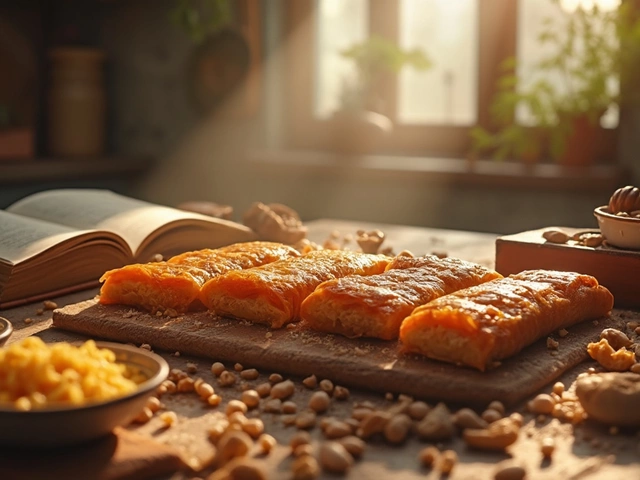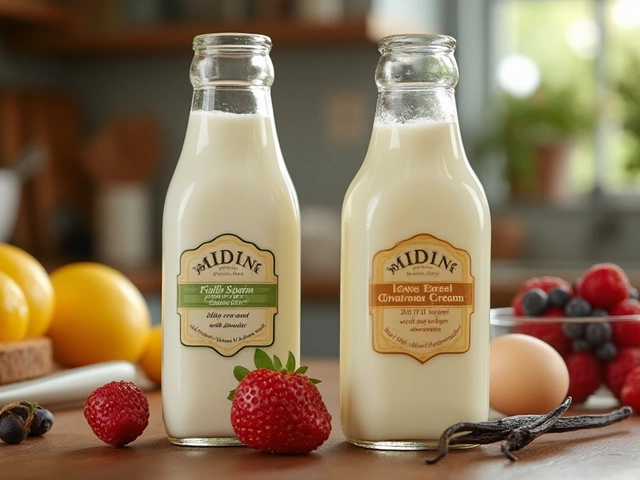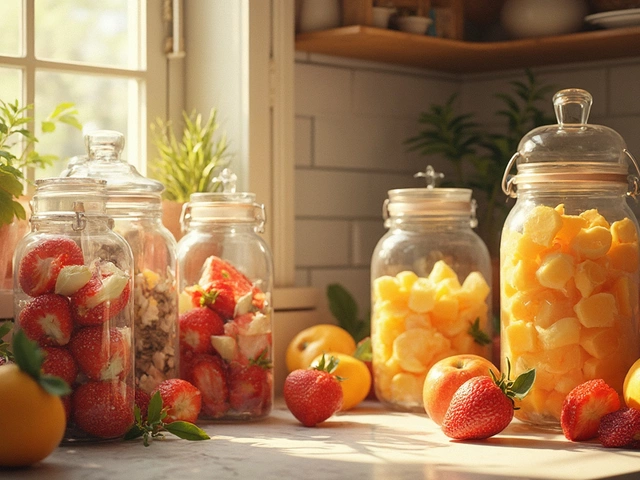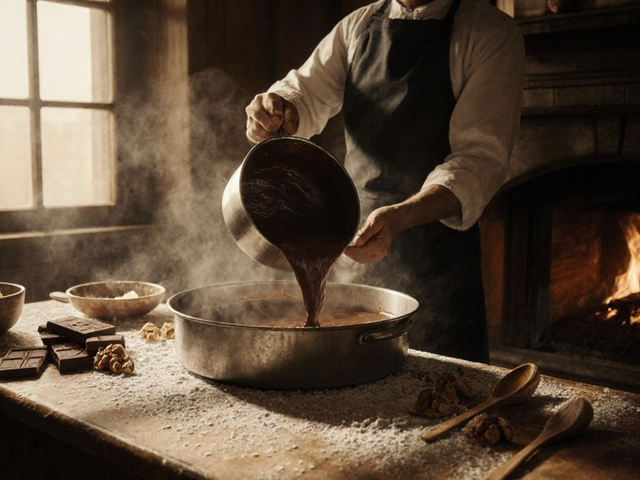Dessert Tips: Simple Hacks for Better Sweet Results
If you love desserts but hate the little mishaps, you’re in the right place. Below are straight‑forward tips that fix common problems and raise the overall quality of your treats. No jargon, just things you can try right now.
Fudge & Candy Tricks
One of the biggest frustrations is grainy or too‑hard fudge. The secret is hitting the right soft‑ball stage, which sits between 235°F and 245°F. Use a candy thermometer and pull the pot off the heat as soon as it reaches that range. If you’re at high altitude, add a few extra minutes of cooking or a splash of water to keep the sugar from crystallising.
Boiling fudge too long makes it rock‑hard. When the mixture starts to steam vigorously, remove it and stir quickly. A quick stir creates tiny sugar crystals that keep the texture creamy. For a smooth finish, beat the cooled fudge for a few minutes with a hand mixer.
Want to make fudge without the grain? Stir constantly once you see the first bubbles, then let it sit off the heat for a minute before the final stir. This prevents large crystals from forming and gives you that melt‑in‑your‑mouth feel.
Baking Basics & Storage
Brownies are a staple, but they can go soggy or dry fast. Store them in an airtight container with a slice of fresh bread on top; the bread absorbs excess moisture and keeps brownies soft for days. If you notice a stale crust, wrap the brownies tightly in plastic wrap before the container.
Gluten‑free cakes often sink or turn dense. The culprit is over‑mixing and using too much liquid. Mix just until ingredients are combined and bake at a slightly lower temperature (about 25°F less) to give the cake time to set without collapsing.
Eggs give cheesecake its structure, but you can still make a stable egg‑less version. Replace each egg with ¼ cup of pureed silken tofu or ¼ cup of Greek yogurt. Both add moisture and help the cheesecake set while keeping the texture creamy.
Love tiramisu but worry about freezer burn? Freeze it in a shallow, airtight dish, then cover with parchment before sealing. Thaw in the fridge overnight, and the layers stay moist without losing that classic coffee‑kissed flavor.
These tips cover the most common dessert hiccups, from candy mishaps to baked goods that don’t behave. Try them on your next batch, and you’ll see faster results with less guesswork. Happy baking, and enjoy the sweet success!"
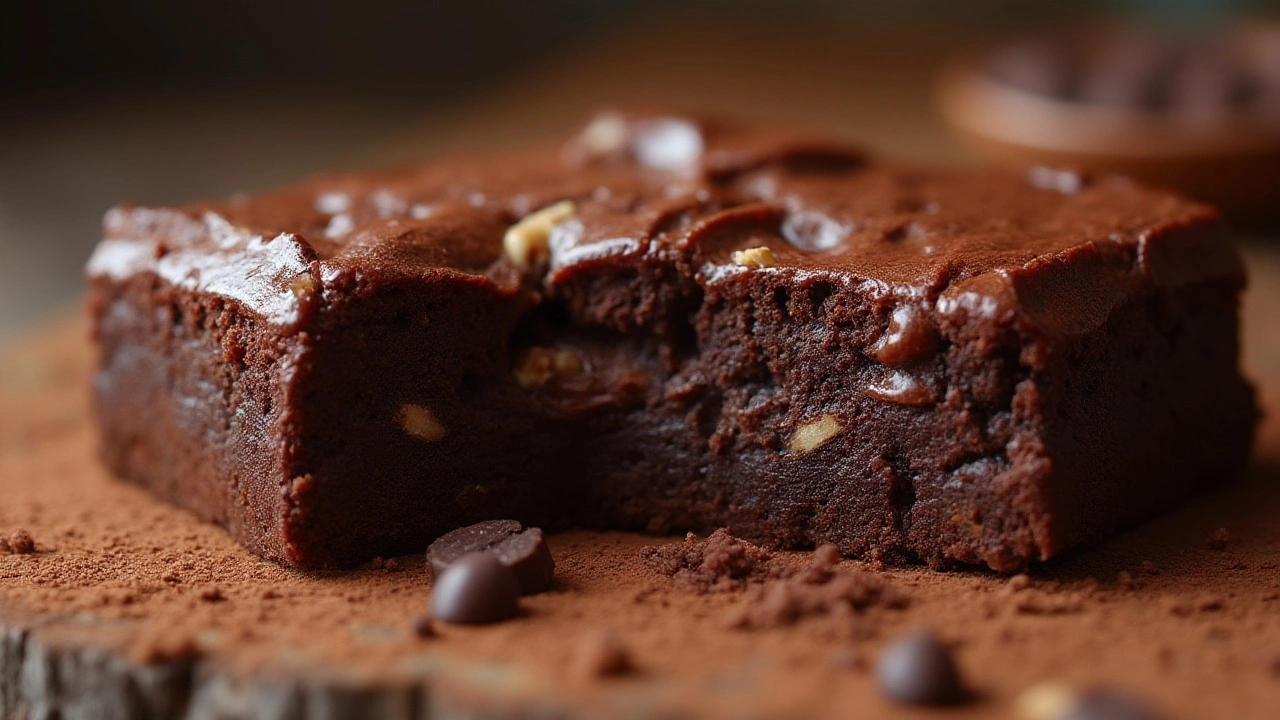
What Is Brownie Flavor? The Secret Behind That Irresistible Taste
Unlock the secrets of brownie flavor—what makes it unique, how to boost that fudgy goodness, and why everyone seems to crave it so much.
View More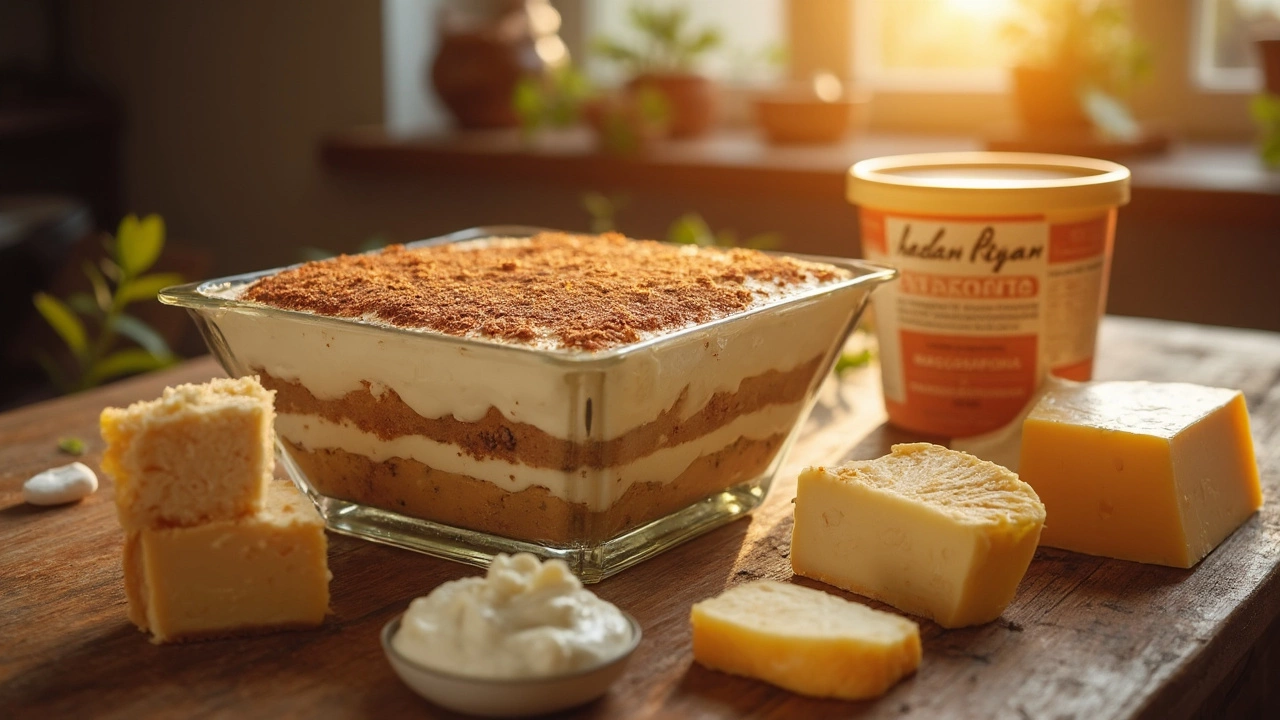
Which Cheese Should Never Be Frozen for Tiramisu?
Not every cheese is fit for the freezer, especially when it comes to making tiramisu. This article breaks down which cheese you should avoid freezing and how freezing can impact your dessert. Get real tips to keep your tiramisu creamy and delicious every time. Plus, learn which cheeses freeze well and which turn into a mess. No more ruined desserts—only the best tiramisu results.
View More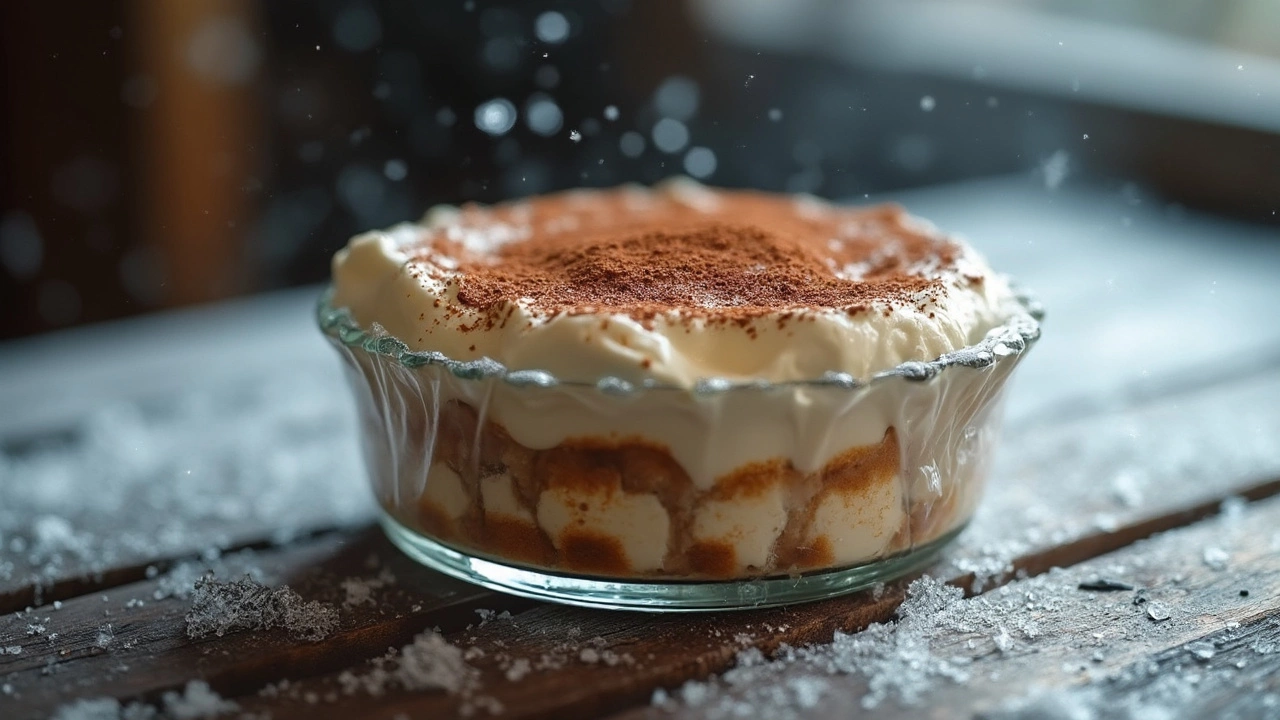
Can You Freeze Ready-Made Tiramisu? Smart Storage Tips and Surprising Facts
Wondering if you can freeze ready-made tiramisu? This article breaks down what happens to its texture and flavor, along with the best way to freeze and thaw this popular dessert. You'll get tips on protecting tiramisu from freezer burn and how long you can safely store it. If you've ever had leftover tiramisu or want to prepare it ahead, you'll find straight-to-the-point advice without the fluff. Plus, get answers to some common mistakes people make when freezing this treat.
View More
Baked vs. No-Bake Cheesecake: Which is Truly Better?
Choosing between baked and no-bake cheesecake? Both have their own charm. Baked cheesecake offers a rich, creamy texture, while no-bake versions are lighter and simpler to make. Dive into the differences, pros, and cons of each type, so you can pick the perfect cheesecake for your next dessert craving.
View More
